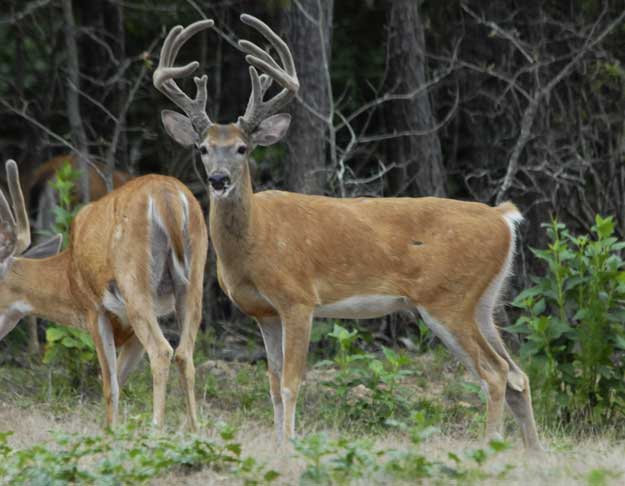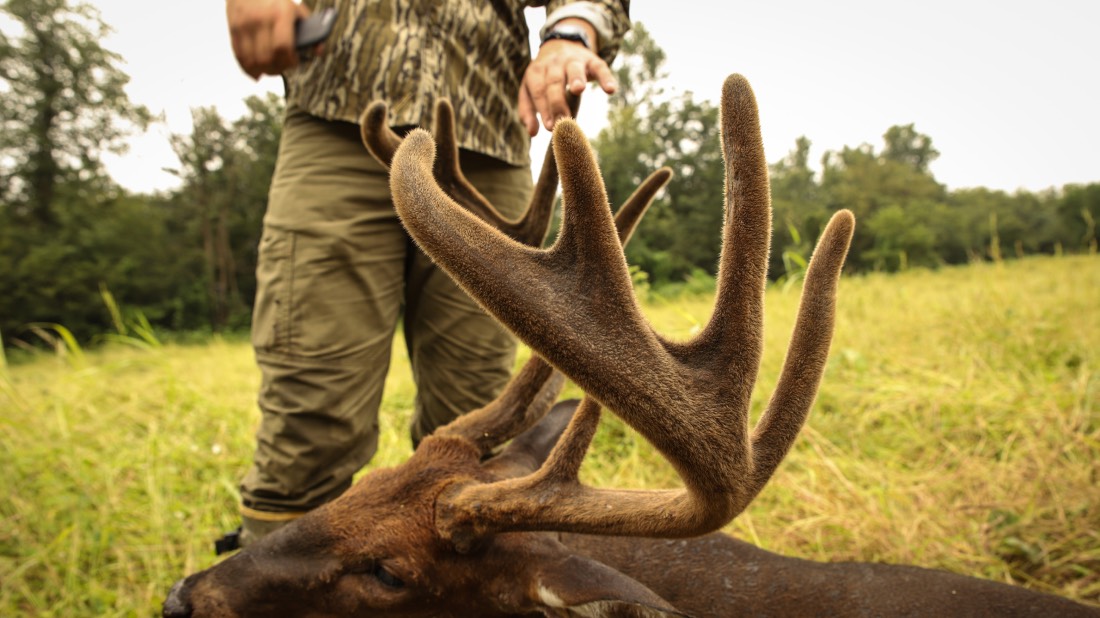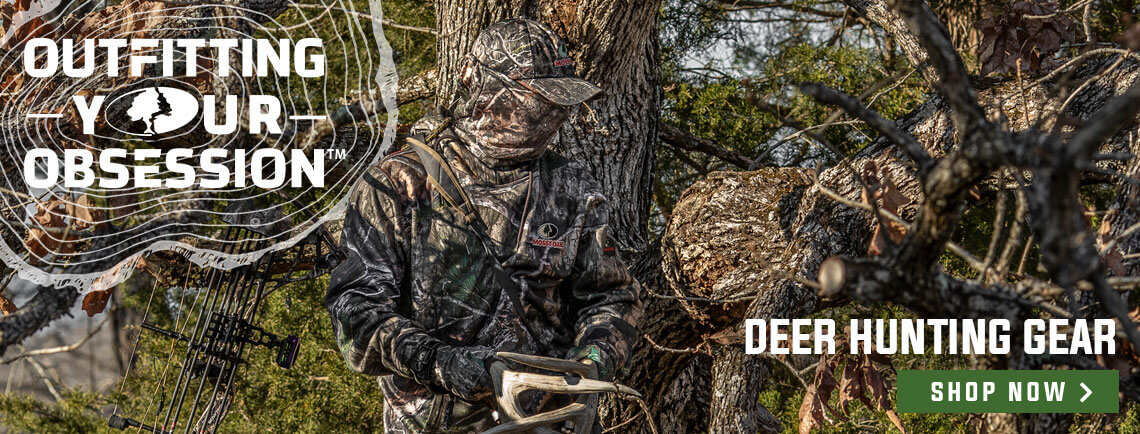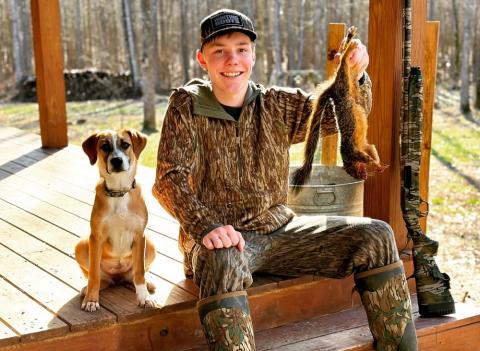Written by Taylor and Travis Sledge
My brother and I have hunted together our entire lives, and it seems that you can never learn everything about whitetail deer. Hunting them is not only a privilege but an enduring challenge. We both agree, as seasons change…so do the deer.
Patterning a buck during the summer is completely different than doing so in the fall. Before they shed their velvet, bucks are going through a period of growth and rejuvenation. They have spent the spring and summer resting and regaining composure after rutting hard throughout the winter season.
Come September, they are ready to go for fall. If you have a chance to hunt during the tail end of their unique summer pattern—before the velvet drops—you may get the rare chance to hunt a giant. Here are our best tips for bringing down a buck in velvet.
Find the Food Source
Start early. During the summer, Bucks are interested in two things: Eating and sleeping. They spend time in bachelor groups with other bucks, and they become incredibly predictable. If a deer develops a pattern in June, they will hold it tight until the second or third week in September. This is especially true in warmer climates. When the velvet sheds, they will sometimes move miles away, relocate and separate from the bachelor group, and then stay in their new area for then remainder of the season. It is important that you start trying to locate deer no later than mid-July, and that you start this process by pursuing a food source.
Find Their Bedding Areas
Figure out where NOT to go. For deer in the summer, their sacred space is where they bed. Look for flat, protected areas near a water source or an open area hidden from plain view. We have found bedding areas in strange places- even surrounded by briar thickets, or behind a fallen tree. The deer want a safe place to sleep. Once you find an obvious bedding spot, leave it alone. The deer will spend the entire summer moving predictably back and forth from their bed to a food source. After finding the bedding area, search for a feeding area nearby. Most oak trees drop acorns later in the year, but there are a few exceptions to this rule. Search for sawtooth oak trees or possibly red oaks, which have a decent chance of dropping during this time. If not acorns, look for wild muscadine, wild pear, or persimmons. Another great option is planting an area for the deer, using vetch, soybeans, or peas. If ag fields are nearby, those should also be on your short list. You can locate deer in agricultural areas in the summer by simply carrying a good set of binoculars for glassing just before sunset.
Watch Their Movements
Watch the bucks move. After locating the food and the bedding areas, iron out a way to survey your area. Either start running cameras near the food source, or even set up your stand and have an afternoon sit. Bring along your mosquito control and some Mossy Oak camo of course, but if you like watching deer you might really enjoy seeing these large summertime groups. Catch them coming to their feeding area a few times, and odds are they will be there every day.
Know your antlers. Learn to clearly identify the bucks in the bachelor group you are targeting. They will keep a sequence that you can also predict. If you know the smaller bucks, you’ll see them come out first to the food source when you are hunting. Once you’ve got one or two of them within view, get your bow ready. You can almost guarantee that a larger buck will step out next.
Put Stands in Early
Timing your stand setup matters. Put up your stand during one of two times: Either a month or more prior to opening day, or the day of your hunt. “Don’t make any big changes a couple of weeks or days before the first day of bow season,” Travis says. “If the deer are spooked by your stand, you’ll need a lot of time to get them back comfortable with that area of their pattern. If you can’t put the stand up that early, just wait until midday or mid morning of the first afternoon you hunt. They wouldn’t have seen the stand yet, so you’ll be able to catch them when they are coming in.”
Scent is serious! Use some kind of scent blocker, but also use a cover scent. Deer are still ultra wary in the warmer months, and you will be bringing them in close. You always need to be “over-the-top” about scent management.

Practice the Shot
Lastly, practice your actual shot. Get lots and lots of reps, and envision that buck walking out. Maybe set up a stand in your back yard that is similar to your setup in the woods. Practice from the same height and angles, and walk through the steps in your mind. You’ll need to work through your jitters and know what it will feel like to climb up in a tree with your gear. This is also a good idea from a safety standpoint. Hook up your harness and shoot while wearing it and other gear to make sure it all works properly with your bow. The process should have been repeated enough that it feels “routine,” by the time the season open.
Hunting is never a guaranteed game, and the chase is where you can have some of the most fun. There’s no way to be sure you’ll get that target buck, but your chances of putting your hands on some velvet antlers will be very good if you follow along with these tips. I can’t wait to get back in the woods!





























